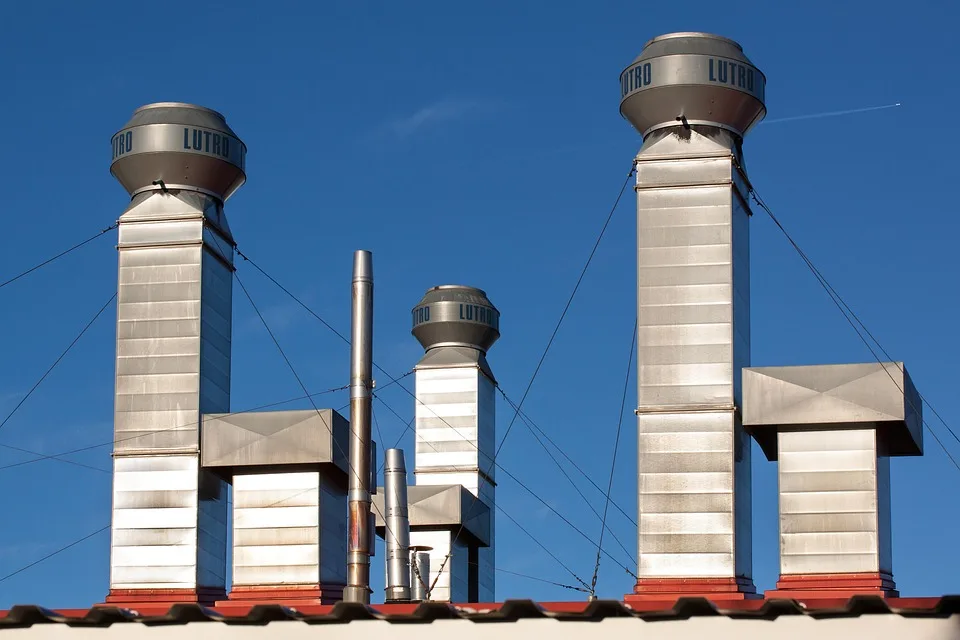[ad_1]
Windows 10 EOL: Addressing Your Concerns About the Transition
For years, Windows 10 has been the undisputed king of operating systems, powering billions of devices worldwide. But the reign is coming to an end. Microsoft announced that Windows 10 will officially reach its End of Life (EOL) on October 14, 2025. This means that after this date, the operating system will no longer receive security updates, non-security updates, or cloud delivery updates.
While this marks the end of an era, it doesn’t necessarily mean panic. The EOL of Windows 10 is a natural part of the technology lifecycle and presents an opportunity to upgrade to a more secure and feature-rich operating system. However, many users have concerns about the transition. This article addresses the most common worries and provides guidance on navigating the change.
Why is EOL a Big Deal?
The short answer is: security. Without security updates, your device becomes increasingly vulnerable to malware, viruses, and other cyber threats. These threats can compromise your personal data, financial information, and even your entire system. While Windows 10 is still supported by some third-party vendors, the lack of official updates puts you at significant risk. Beyond security, you’ll also miss out on new features, performance enhancements, and improved compatibility with modern software and hardware.
Common Concerns & How to Address Them:
Here are some of the most prevalent concerns users have about the Windows 10 EOL, along with practical solutions:
"It’s a hassle to switch!" This is understandable. Migrating to a new OS can seem daunting. However, the process is often smoother than it once was.
- Windows 11 is the natural upgrade: Microsoft strongly encourages upgrading to Windows 11. It’s the current flagship OS and offers improved performance, security, and a modern user interface. The upgrade process is generally straightforward, but ensure your hardware meets the minimum requirements. You can use the PC Health Check app to confirm compatibility.
- Consider a new PC: If your current hardware is outdated, upgrading to Windows 11 might not be the best option. A new PC will provide the best performance and compatibility.
- Clean Install: While more involved, a clean install of Windows 11 eliminates old files and potential software conflicts, resulting in a more stable system. Make sure to back up all your data before proceeding.
"My hardware isn’t compatible with Windows 11!" This is a valid concern. Windows 11 has stricter hardware requirements than Windows 10, especially regarding TPM 2.0 (Trusted Platform Module) and Secure Boot.
- Check Compatibility: Use the PC Health Check app from Microsoft to determine if your hardware is compatible.
- Modifying BIOS/UEFI: Some users have successfully bypassed the TPM 2.0 requirement by modifying their BIOS/UEFI settings, but this isn’t officially supported by Microsoft and could cause instability. We don’t recommend this unless you are technically proficient.
- Consider Windows 10 (for a limited time): While not a long-term solution, Windows 10 will remain supported with security updates until October 2025.
"I don’t want to pay for a new license!" Upgrading to Windows 11 typically requires purchasing a license.
- Check for Upgrade Offers: Microsoft often releases promotional offers and discounts on Windows 11 licenses. Keep an eye out for these opportunities.
- Consider a New PC (budget permitting): New PCs often come with Windows 11 pre-installed, simplifying the process and potentially offering a more cost-effective long-term solution.
- Explore Open-Source Alternatives: While not a direct replacement for Windows, Linux distributions like Ubuntu offer a secure and open-source operating system option. However, compatibility with some software and hardware might be an issue.
- "I’m afraid of losing my data!" Data loss is a common fear when switching operating systems.
- Back Up Everything! This is paramount. Before you do anything, create a complete backup of your important files, documents, photos, and videos to an external hard drive, cloud storage (like OneDrive, Google Drive, or Dropbox), or both.
- Use a Backup Software: Consider using backup software to create a system image of your entire drive. This allows you to easily restore your system to a previous state if something goes wrong.
- Verify the Backup: After creating the backup, test it to ensure it’s working correctly.
What Happens After October 14, 2025?
After October 14, 2025, devices running Windows 10 will no longer receive security updates. This means:
- Increased vulnerability to malware and cyberattacks.
- Potential compatibility issues with modern software and hardware.
- Lack of access to new features and performance improvements.
Conclusion: Embrace the Future, Secure Your Device
The end of Windows 10’s lifespan is a crucial reminder of the importance of technology updates and security. While migrating to a new operating system can seem challenging, the benefits of increased security, improved performance, and access to the latest features far outweigh the inconvenience. Take action now to protect your data and stay secure. Don’t delay – plan your upgrade today to avoid the risks associated with running an unsupported operating system.
Resources:
- Microsoft Windows 11 PC Health Check App: https://www.microsoft.com/en-us/windows/windows-11-specifications
- Microsoft Windows 11 Upgrade Information: https://www.microsoft.com/en-us/windows/windows-11
Disclaimer: This article is for informational purposes only and does not constitute professional advice. Always consult with a qualified IT professional before making any changes to your computer system.
[ad_2]
